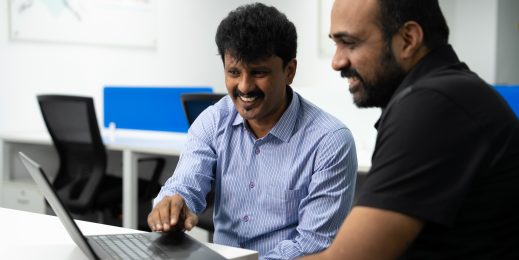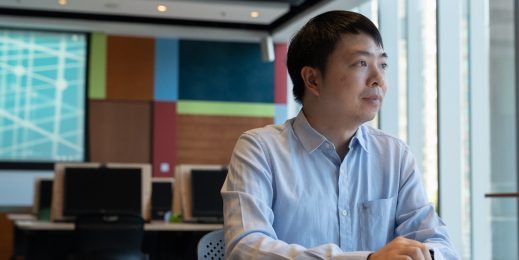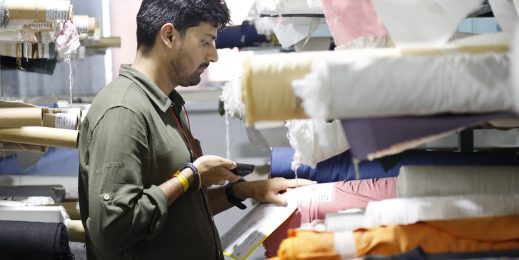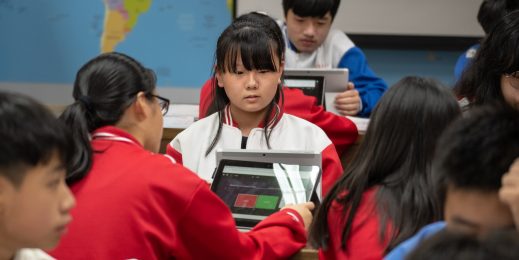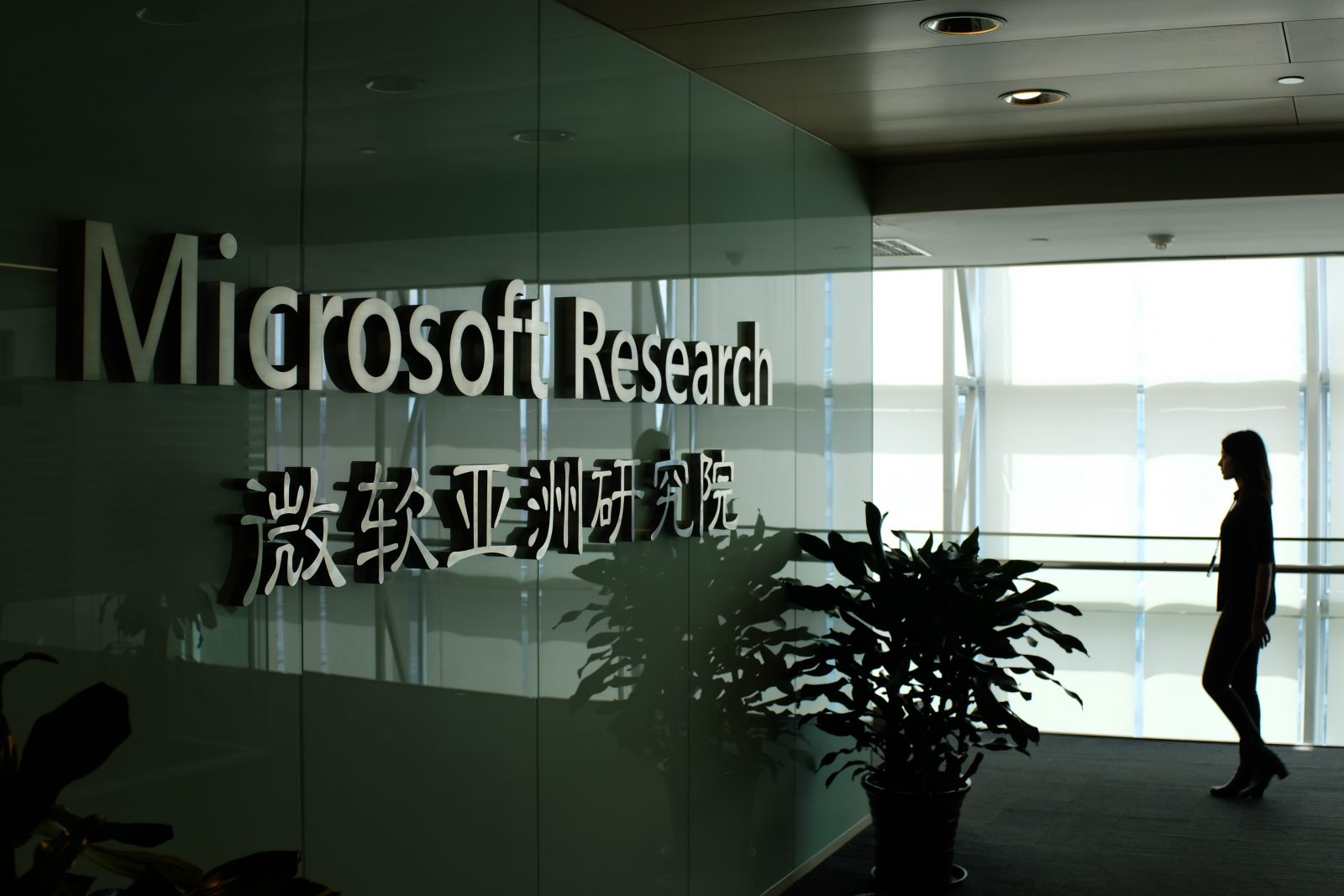
Microsoft’s innovation powerhouse in Asia is fueled by science and research
Celebrating 20 years of achievement, Microsoft Research Asia’s leading pioneers explain how scientific pursuit drives technological success.
As a powerhouse of ideas and innovation, the Beijing lab of Microsoft Research Asia (MSRA) is a surprisingly placid place. There is a quiet sense of contemplation here, almost as if it were a bastion of academia. And, in a way, it is – only better.
While many of the rest us push ahead faster and faster to meet key performance indicators and unrelentingly 24/7 business cycles, MSRA’s scientists and engineers calmly shun short-termism and keep focused on the future.
It’s a strategy that has paid off over the past two decades. In that time, they have been conceiving and realizing an eclectic range of concepts that are changing how we live, work, and play. Along the way they have chalked up major scientific breakthroughs and triggered technological advances. These, in turn, have led to transformative products and services – and even the promise of whole new industries and sectors.
In a recent blog, Harry Shum, Executive Vice President, Artificial Intelligence and Research at Microsoft, said: “Nearly 20 years ago, we founded Microsoft Research Asia to build our family of global labs, bringing together the brightest minds around the world to solve some of the toughest challenges in computer science.
“Our team in China has worked with our global teams and contributed to nearly every Microsoft product. It’s this kind of collaborative approach that the world needs to guide AI’s future development.”
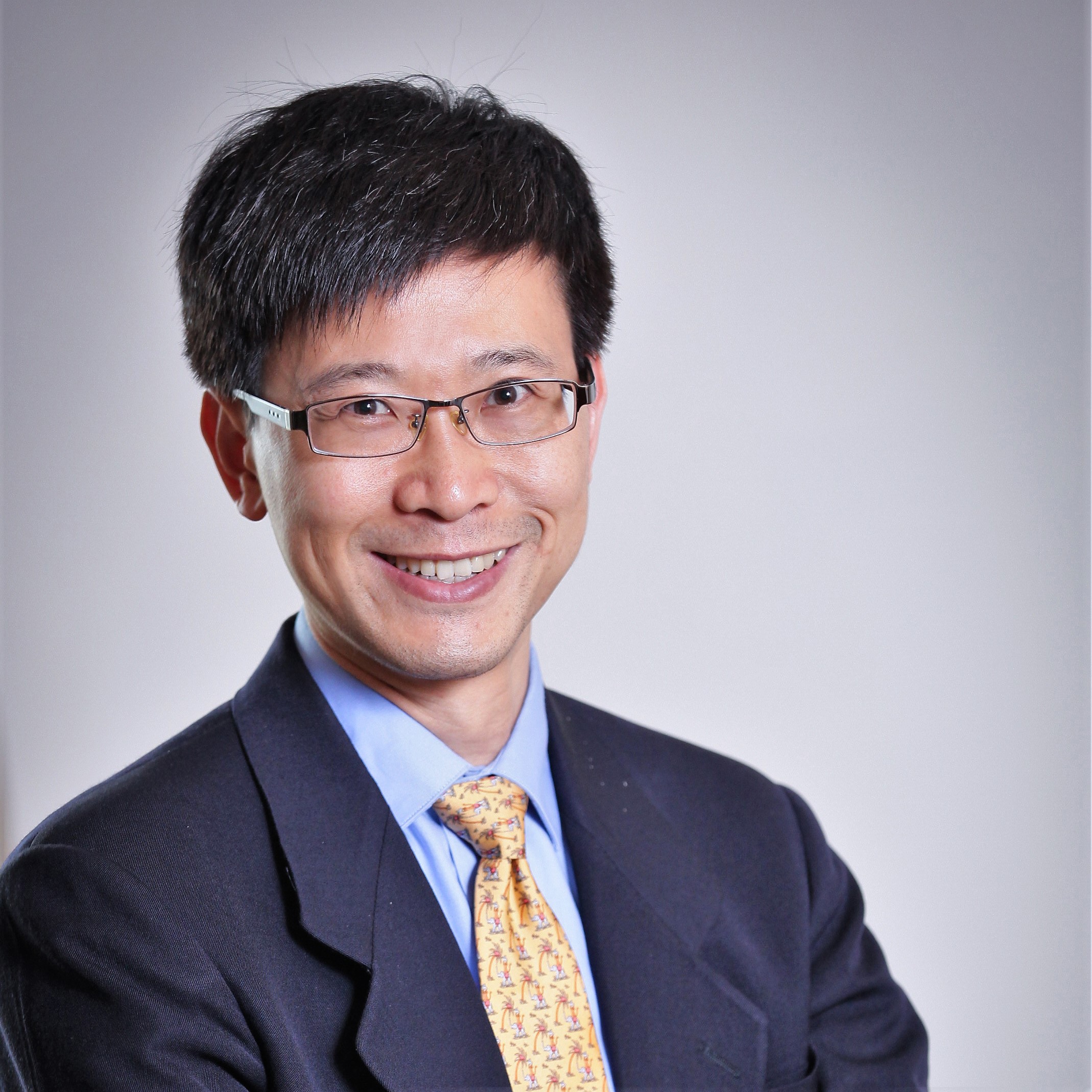
Crucial to this endeavor is a dedication to pursuing and publishing pure and open research across the globe, with Asia researchers playing their part..
“Microsoft researchers around the world are incubating some really long-range big bets – from quantum computing, to artificial intelligence (AI), deep learning, and putting data centers in submarines in the ocean. We are creating natural interfaces so that computers can understand and communicate with humans,” says Eric Chang, senior director at MSRA. “These are all big multi-year bets. In fact, quantum computing is more like a multi-decade bet.”
Chang was born in Taiwan and raised in the United States where he graduated from at the renown Massachusetts Institute of Technology (MIT). He joined MSRA soon after it was established in 1999, in what then the outskirts of Beijing.
“Back then there was little more than a few villages and vegetable farms here,” he said of what is today a bustling and affluent commercial hub of office blocks and shopping malls. The campuses of several of China’s top universities are not far away. And, many of their graduates end up working at MSRA, which is Microsoft’s largest outside of the United States.
“A lot of focus has been on attracting the best people. Microsoft competes for talent, not just with other tech companies, but also with other industries like finance and consulting.” Microsoft’s commitment to well-funded research and world-class, open academic excellence has been “a very successful formula for recruiting and retaining the best people over the past 20 years. MSRA tapped that talent and sped up things to really show that first-class research can be done right here in China.”
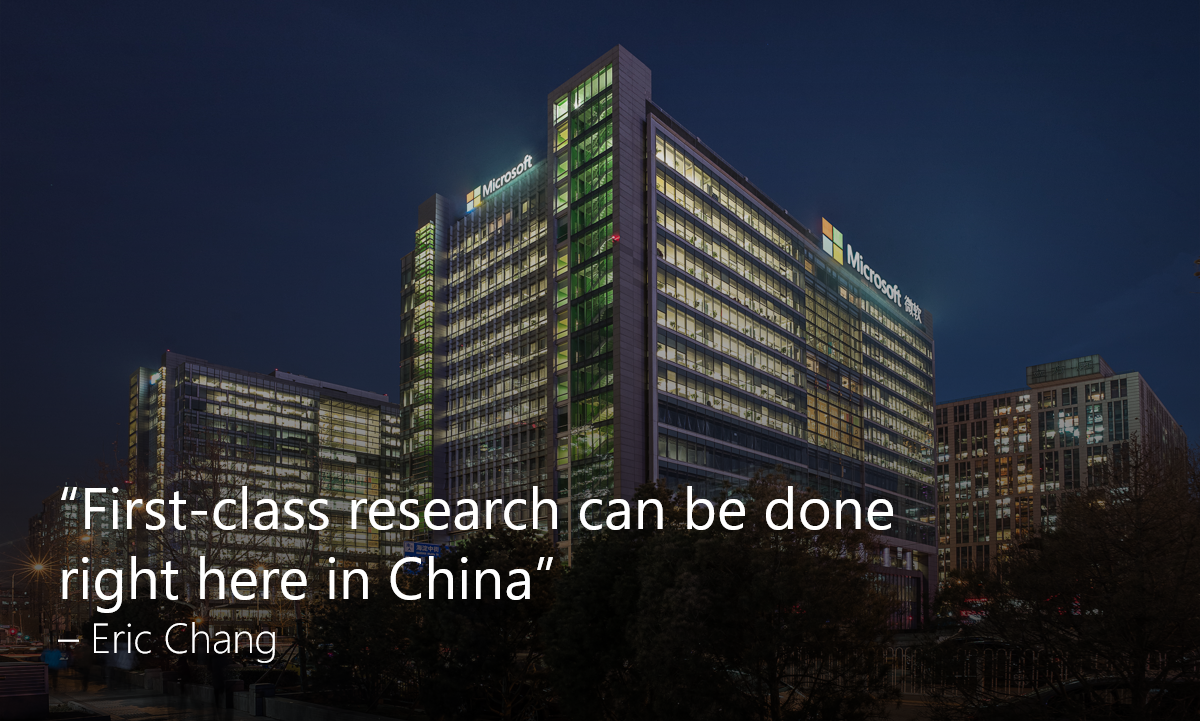
Global kudos came in 2004 when MIT Technology Review described MSRA as “the world’s hottest computer lab”. In the years since it MSRA has taken great pride in the milestones it has achieved as well as the scores of scientific academic papers it has published.
Just this year alone, MSRA announced two internationally and academically recognized breakthroughs. Its researchers created technology that uses AI to read a document and answer questions about it about as well as a human can. They also created what is believed to be the first machine translation system that can translate sentences of news articles from Chinese to English with the same quality and accuracy as a bilingual person.
Both could prove crucial to the push to have search engines – such as Bing, and intelligent assistants, such as Cortana – able to interact with humans and provide information in more natural ways, much like how people communicate with each other.
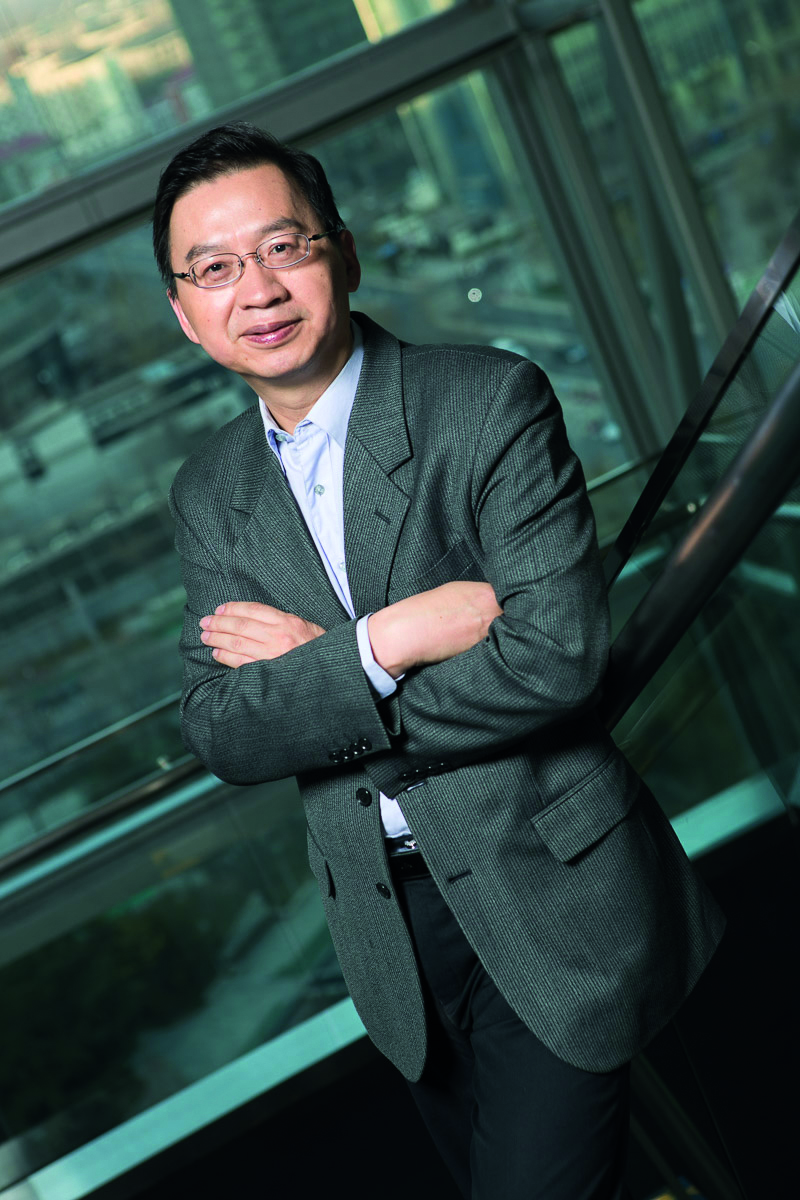
Ming Zhou, joined MSRA in 1999 and is now its Assistant Managing Director. He also heads the natural language processing group that worked on both these projects, said there was much work still ahead “Our ultimate aim is to create ways for computers to understand and interact with humans seamlessly and naturally – in all kinds of languages and in all kinds of contexts and settings … for instance, to know when someone is serious or joking or sad, angry or nervous and so on.” With the aim tackling all sorts of challenges, Ming’s pioneering language work has taken him to other areas – including teaching computers how to write classic and contemporary Chinese poetry and how to write pop songs.
Another recruit of 1999 is Baining Guo, a Chinese-born Distinguished Scientist at Microsoft with a doctorate from Cornell University. He joined MSRA on the promise that he would work on “top-notch research”. Now MSRA’s Deputy Managing Director, he describes himself back then as “a diehard academic – I did computer science because it was fun. And, for me it still is.”
During the past two decades, his team has led the world in the vexing area of computer vision research. After a series of major breakthroughs, he is still chasing his ultimate goal – to teach computers how to recognize images and see the world as humans see it. “We have made huge progress, but we have barely scratched the surface,” he said. “If we can do that in 30 years, I will be very happy. The more we achieve, the more we realize how big the challenge really is. That is why continuing long-term research is so important.”
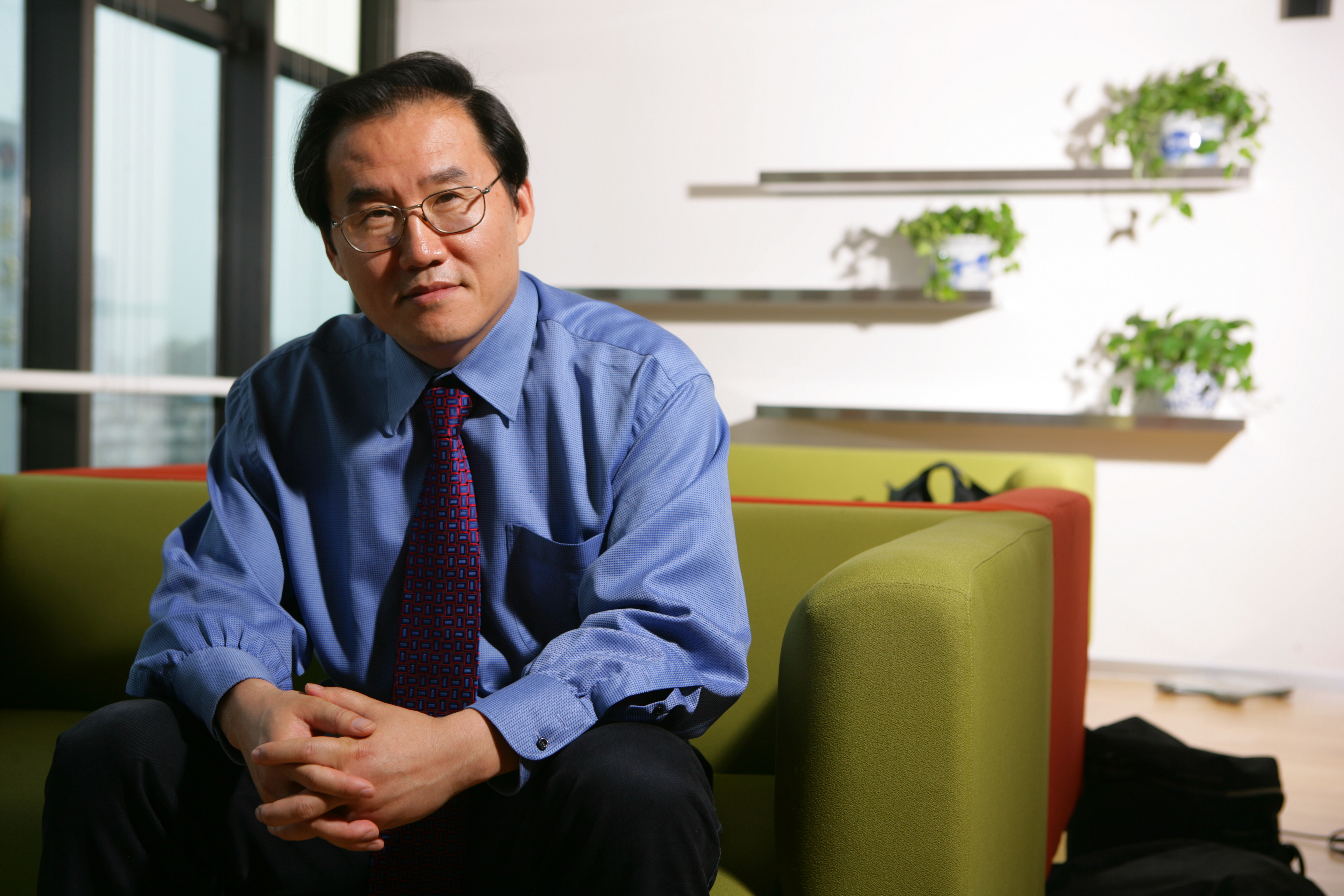
Like Baining, Chang puts MSRA’s growing impact down to Microsoft’s strong research ethic, adding that it is largely unique for a research lab to be totally funded out of its corporate budget.
“Researchers in other corporations can spend from 30 to 80 percent of their time lobbying for external funding or trying to secure product-based funding. In essence, that means they have become applied researchers.
“The downside is that they end up only focusing on very short-term deliverables because their product people usually need results a year or so later.”
Companies that cut back on pure research this way can lose momentum over time and some fade away, he says.
“Microsoft Research culture-wise is very much closer to academic research. In fact, I would say it is even better than academic research. Because many of the professors in universities I know spend 50 percent of their time writing grant proposals.
“Whereas we have really kept that kind of bureaucracy very light and the resources are there so that people can focus their time almost exclusively on doing what’s important — their research work.”
Those researchers who do move on from Microsoft often maintain close relationships and build partnerships with the company as they create their own startups, grow businesses or take up professorships.
“I would say that close-knit ecosystem made up of our alumni is one of our greatest contributions to Chinese R&D,” Chang said. “And, it helps us as a company that relies on the growth of great partnerships.”
Microsoft has invested more than US$1 billion in research and development (R&D) in China over the past decade. And, it has also grown its commitment here in other ways. MSRA itself has incubated several new groups, including the Microsoft Advanced Technology Center (ATC), the Microsoft Search Technology Center, and the Microsoft Tools and Server Business (Microsoft China Cloud and Artificial Intelligence) Division.
In 2006, MSRA and ATC provided the basis for an overarching organizational and strategic development center, the Microsoft Asia-Pacific R&D (ARD) Group, which is the most comprehensive and biggest operation of its kind for Microsoft outside of the United States. Microsoft’s is committed to sustainable innovation, with scientific research at the starting point of a holistic value chain for its R&D work.






